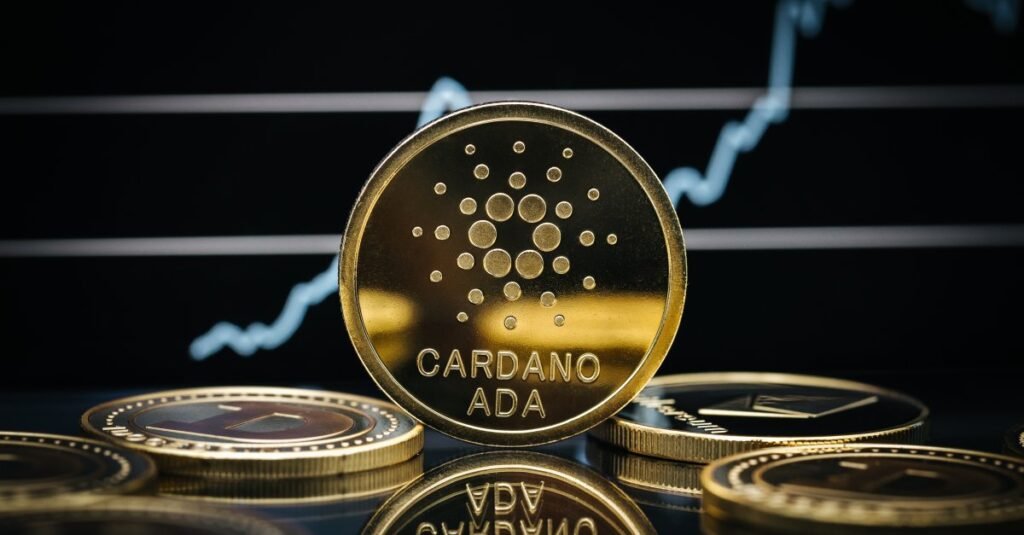
From how to buy it to how it works, all the information you need to make smart transactions.
Definition:
Cardano is one of the largest cryptocurrencies by market capitalization. It is designed to be a flexible, resilient and scalable blockchain platform for executing smart contracts that will enable the development of a wide range of decentralized finance applications, new crypto tokens, games and much more.
Just as the native cryptocurrency of the Ethereum blockchain is ETH, the native cryptocurrency of the Cardano blockchain is ADA, which can be bought or sold through exchanges such as Coinbase. Today, ADA can be used to store value (perhaps as part of your investment portfolio), to send and receive payments, and to place bets and pay transaction fees on the Cardano network.
How does Cardano work?
Cardano’s goal is to become the most environmentally sustainable blockchain platform. It uses a unique proof-of-stake consensus mechanism called Ouroboros, as opposed to the energy-intensive proof-of-work system currently used in Bitcoin.
What is proof of work?
Decentralized cryptocurrency networks must ensure that no one spends the same money twice without a central authority such as Visa or PayPal. To achieve this goal, they use a “consensus mechanism.” The original crypto consensus mechanism is called proof of work and was first popularized with Bitcoin mining.
Proof of work requires enormous computing power, contributed by virtual “miners” around the world who compete to be the first to solve a time-consuming mathematical puzzle.
The winner will be able to update the blockchain with the latest verified transactions and will be rewarded with a predetermined amount of cryptocurrency.
What are Cardano’s native tokens?
On March 1, 2021, the Cardano blockchain added the ability to create your own tokens. Like Ethereum tokens, which can include things like NFTs or stablecoins like USD Coin, native Cardano assets can be created and distributed on the blockchain and can interact with smart contracts.
But unlike Ethereum-based tokens, Cardano’s native tokens are not created using smart contracts. Instead, they run on the same architecture as the ADA cryptocurrency itself. This makes Cardano’s native assets “first-class citizens” on the blockchain, according to the non-profit Cardano Foundation. In theory, their proprietary architecture could make these tokens more secure and reduce the fees associated with transactions.

A Brief History of Cardano:
Cardano was launched in September 2017 by Ethereum co-founder Charles Hoskinson and is intended to be a third-generation blockchain project (or Blockchain 3.0), built on technology pioneered by Bitcoin (first generation) and Ethereum (second generation). Cardano’s goal is to become a highly scalable and energy-efficient smart contract platform.
Ouroboros consensus engine is based on peer-reviewed research by a team of computer scientists and cryptographers from the University of Edinburgh, the University of Tokyo and other institutions. Their goal was to create a decentralized network that could verify transactions in a scalable and secure way, while ensuring the Cardano platform was as energy efficient as possible.
What is ADA?
They are used to pay transaction fees and are posted by validators (and delegates) who want to help maintain the security and stability of the network in exchange for receiving rewards.
In the future, ADA will also be used as a governance token, allowing holders to vote on changes and updates to the Cardano platform.
What’s next for Cardano?
In the second quarter of 2021, smart contract functionality should appear on the Cardano platform. The developers also announced that later this year the blockchain will support Ethereum-based smart contracts, potentially enabling a wide range of existing applications.
Cardano also plans to fully leverage decentralization by implementing community-driven governance and an automated treasury system to fund the future of the network.